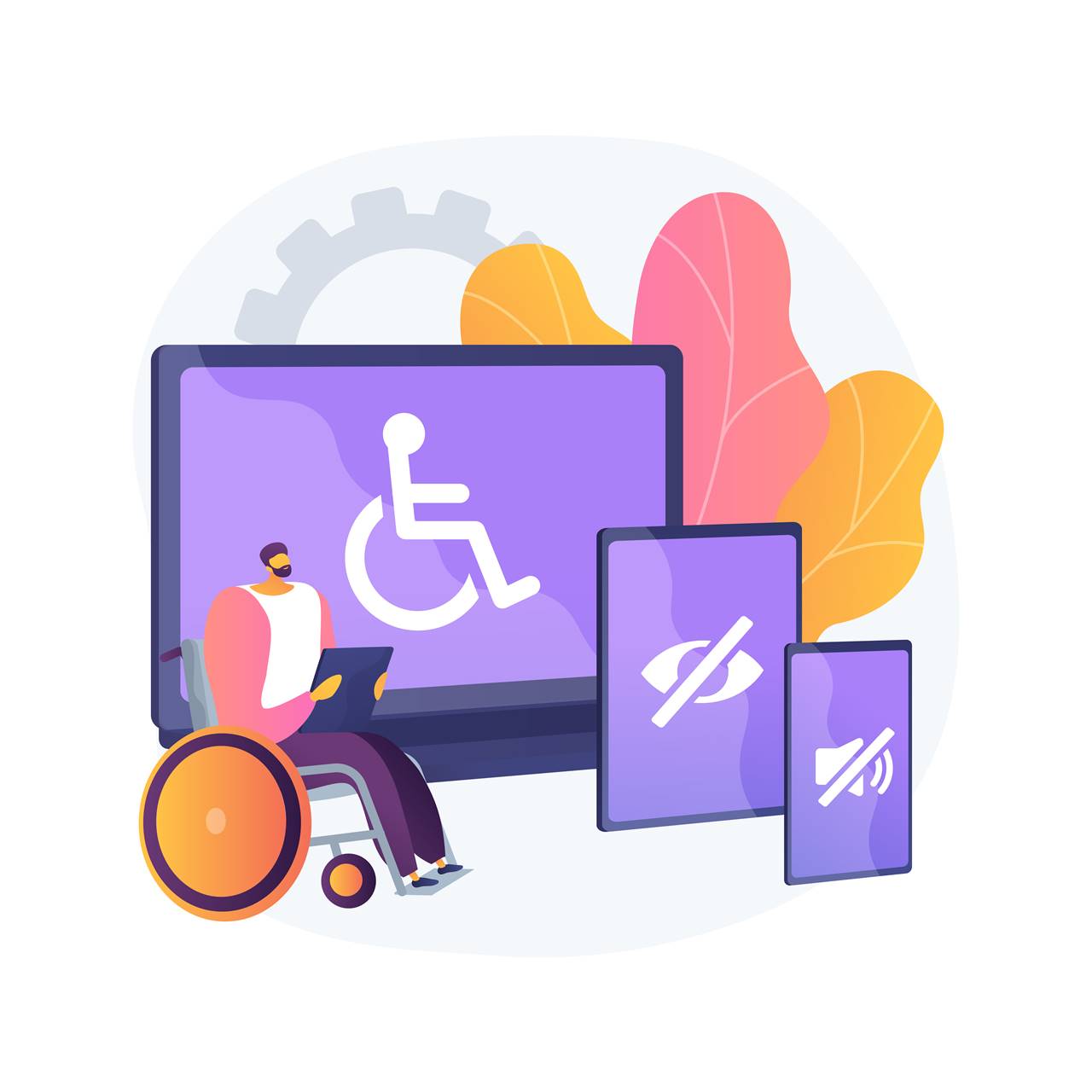
One aspect that is often underestimated, if not completely ignored, in the creation of a website is the concept of accessibility. An aspect that is particularly important to allow everyone the same possibilities of using the internet.
People with disabilities such as the blind, the deaf, people with cognitive or motor impairments, often face great difficulties, due to platforms that do not take their needs into consideration. Making navigation easy, or even possible, for these people is the goal that all websites should set themselves.
Compulsory accessibility
In addition to being a moral duty, guarantee one user experience accessible will soon become mandatory by law. In fact, the entry into force in all member states of theEuropean Accessibility Act, a law promulgated by the European Union, intended to regulate precisely the issue ofaccessibility.
The goal is to make all online products and services accessible also to disabled people by the set date. But how do we go about making the internet accessible to everyone? What are the requirements a site should have? Where to start from? Let's see some examples of how a seemingly complex problem is, in reality, easily solved.
Examples of accessibility
The main problem is trying to understand what are the difficulties that a disabled person encounters when he faces the web. Many well-known companies worldwide have already begun to move in the direction ofaccessibility, introducing useful services for the disabled on its websites. Analyzing these innovations therefore becomes an excellent starting point to understand where to start.
For blind people, for example, a video advertisement on the web will be difficult to understand. In fact, often the audio is not sufficient to understand the topic and the message of the video. To implement theaccessibility in this sense, Procter & Gamble, an American multinational consumer goods company, has introduced an audio description in its videos. Thanks to the voice that describes what happens in the video, even the blind can therefore enjoy the video content.
Just Eat Takeawayinstead, he worked closely with people with visual impairments to understand what their needs might be. Research has shown, among other things, that the visually impaired had difficulty clicking buttons on their website. Once I knew the problem, it was easy to make the buttons bigger and increase the space around them.
To facilitate navigation within its site, the famous cosmetics company L'Oreal introduced an interesting feature. When a user with a disability accesses the company page, the navigation menu offers the possibility to customize some aspects of his view, according to needs. Visually impaired people have the option to choose the mode Contrast, which removes the background images, allowing you to see the site in a simpler and more understandable black and white. Likewise, animations and videos can be removed, which can disturb people with vestibular problems.
One last example concerns Booking.com, the famous travel site. The Dutch company has a team dedicated specifically toaccessibility that, in the test phase, he noticed a problem with the screen reader. The latter is a support software for the blind that reads the text content of a site aloud.
In some cases this tool incorrectly read the content of certain pages, directing disabled users to pages other than those requested. Users who were looking for rental cars, for example, were redirected to the section Taxi of the site. To solve the problem, the company's technicians have upgraded and updated the system, improving its technology.
From theory to practice
As we have seen, it is quite easy to introduce small changes to your site which, however, represent a great improvement in the navigation of people with disabilities.
To start improving theaccessibility of your site the first thing to do is to find out about the guidelines to follow and what the needs of disabled people may be. Our advice for getting started is to follow the Web Content Accessibility Guidelines (WCAG), which represent the international standard in the field of accessibility.
The concept of accessibility it must become a priority within the company and can only be achieved through the proactive research of those contents that can potentially exclude certain categories of users. In addition, working in pairs with colleagues and / or clients with disabilities is a great way to understand the accessibility problems a site can have.
Finally, there are several tools that help create accessible content, such as the Google's new practical guide to accessible marketing. Thanks to this and other tools it is easier to orient yourself towardsaccessibility, without forgetting, however, that, just as technologies change, so too do the needs of people with disabilities.










